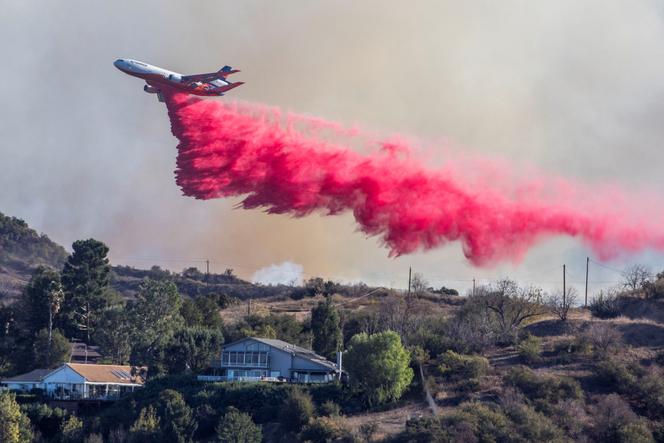


At 6,200 Hollywood Boulevard, near the legendary Amoeba music store, a small stall is creating quite a buzz on the street. Attracted by the sign warning that "Fire fumes are poison," passers-by sported their N95 masks, supposed to filter out at least 95% of airborne particles, which were given out through donations.
The fires that have been burning for 12 days are 52% contained for the one on the west side of the city and 81% for the one on the east side. A burning smell still hangs over certain neighborhoods of Los Angeles and the sirens of the fire trucks still impose their presence. Angelenos don masks, worried that the aftermath of the fire is more dangerous than the fire itself, and still traumatized that the flames attacked the villas of the Pacific Palisades and the outskirts of the mythical beaches of Malibu.
The air quality index (AQI) would be reassuring, with levels 1 and 2 on a scale of 6, if it weren't so restrictive: It only takes into account five common pollutants, including ozone and carbon monoxide. Many air pollutants are not measured, including suspended toxins released by burning structures such as asbestos, copper or lead, according to Juliet Christian-Smith, Western States regional director at the Union of Concerned Scientists, an association that advocates for better air quality monitoring to fully understand the pollution and health risks posed by fires.
You have 82.3% of this article left to read. The rest is for subscribers only.
